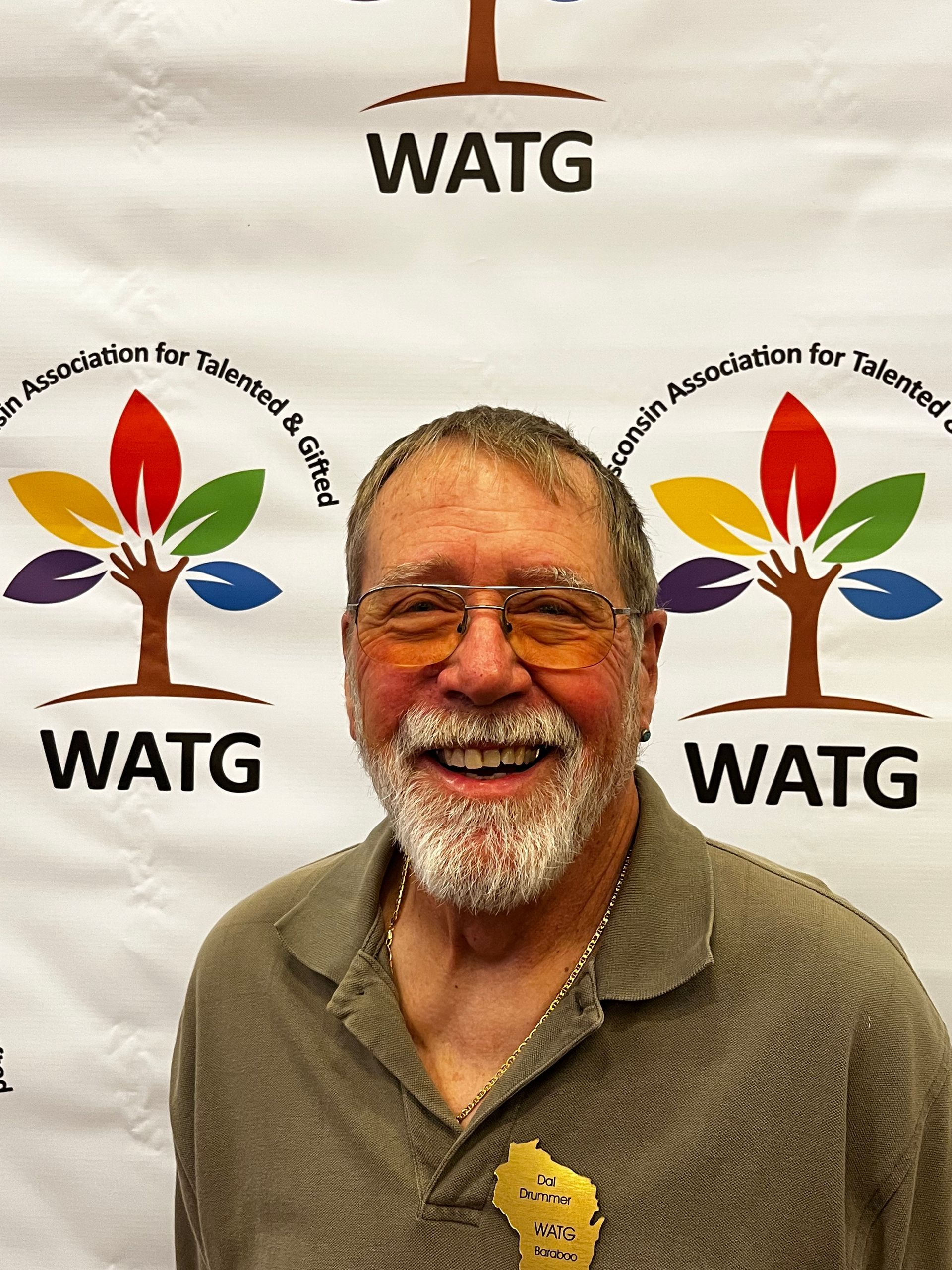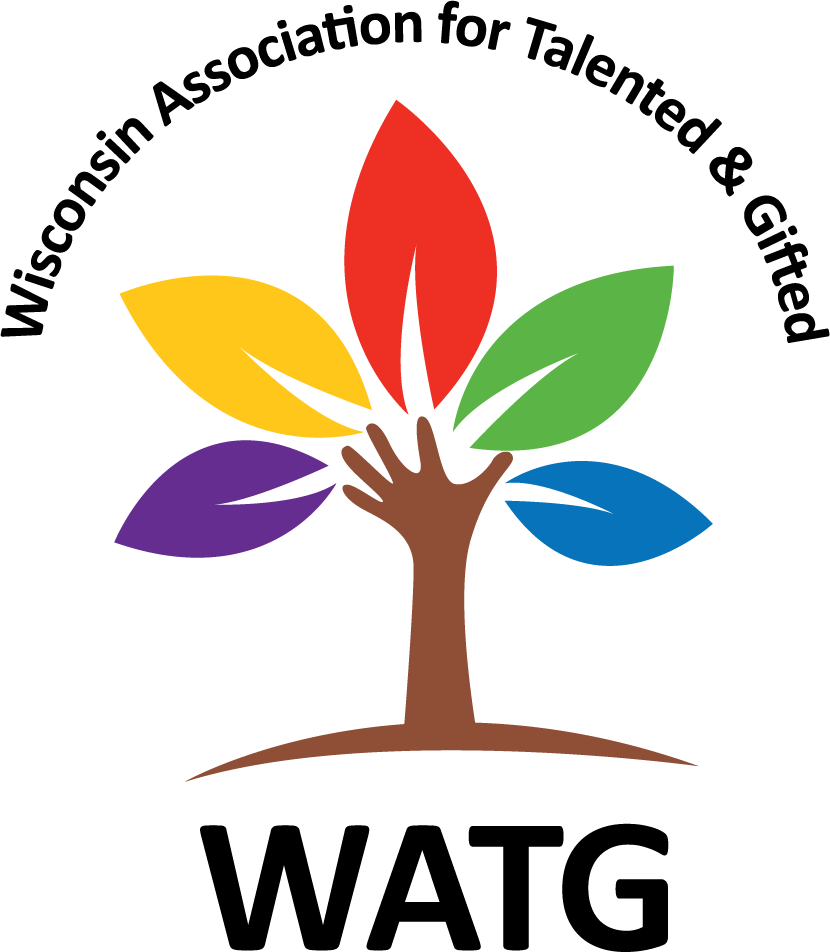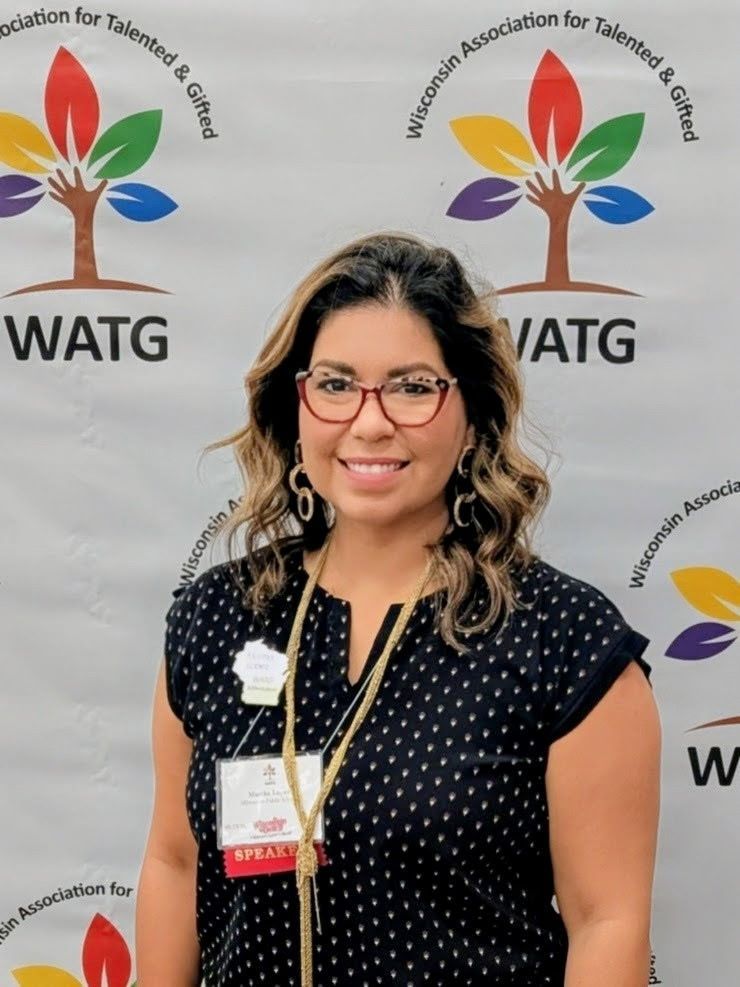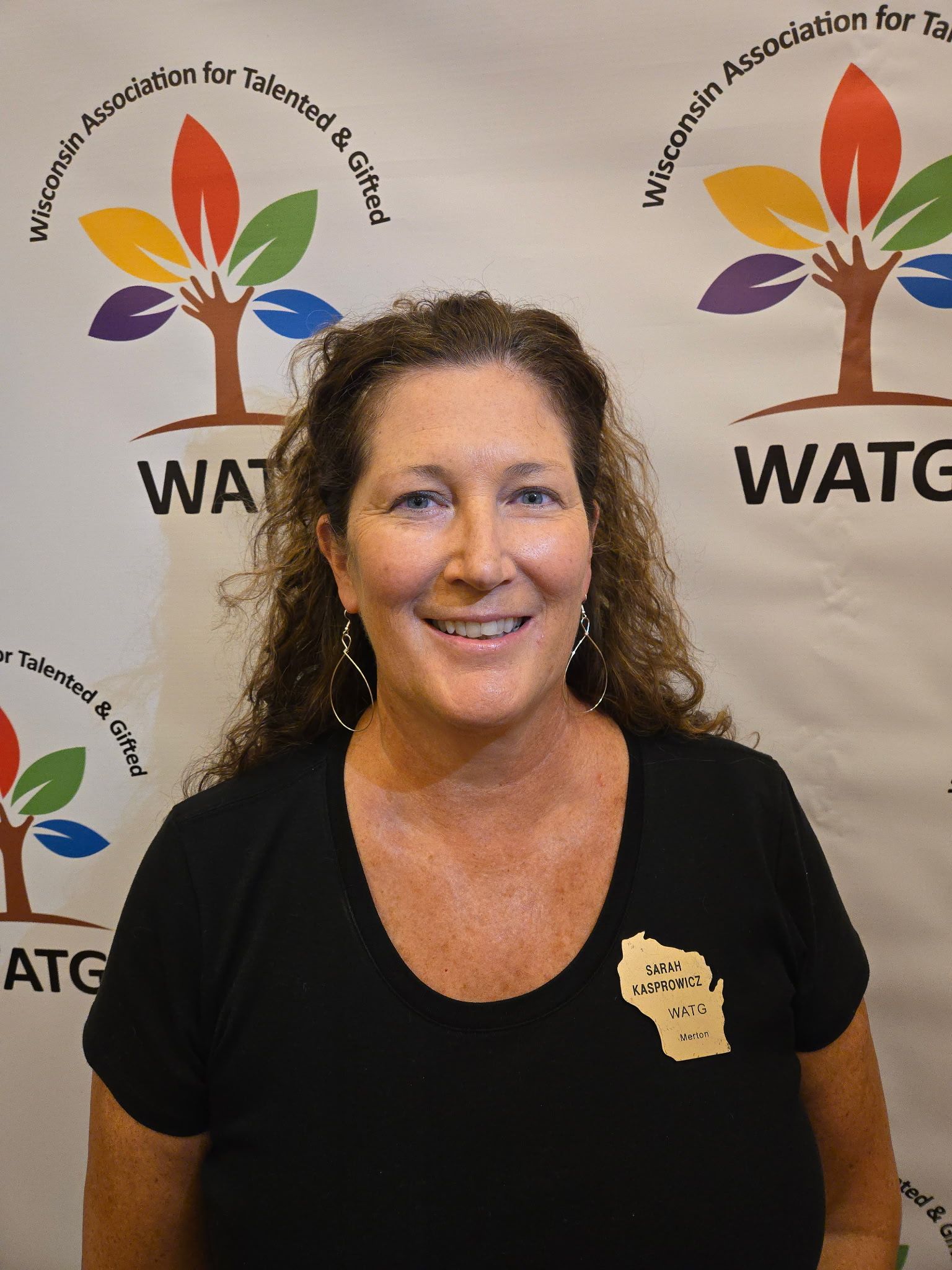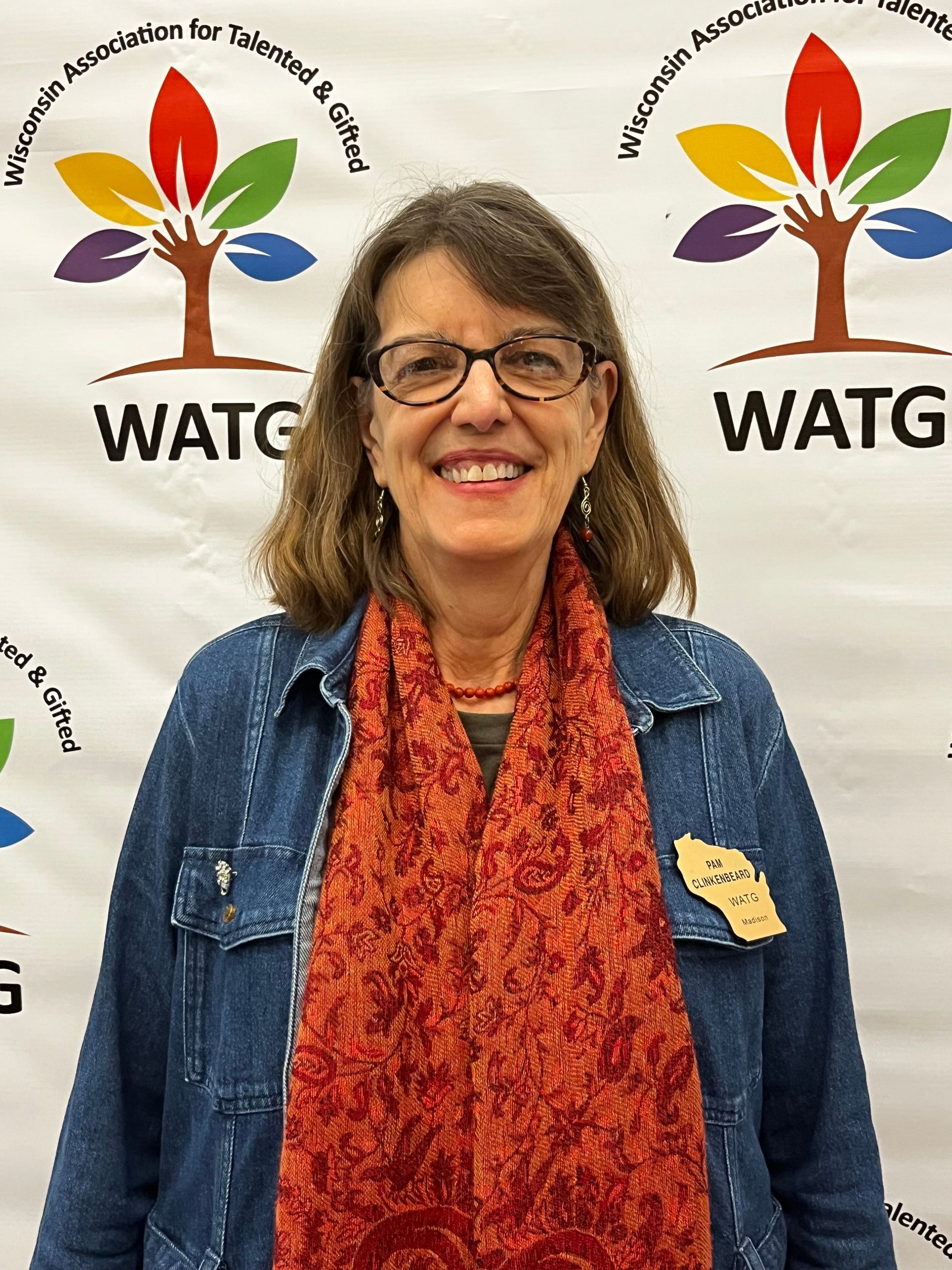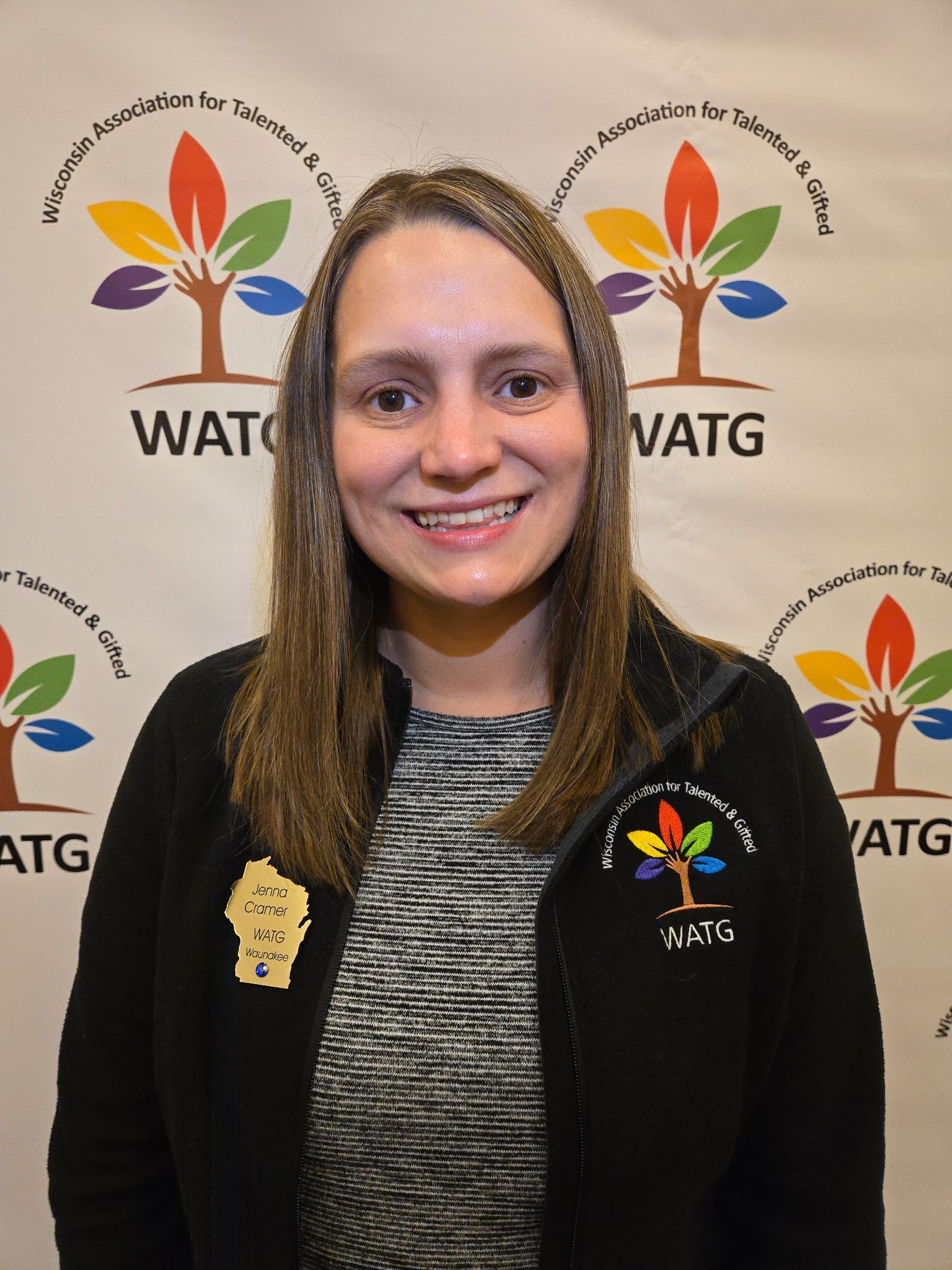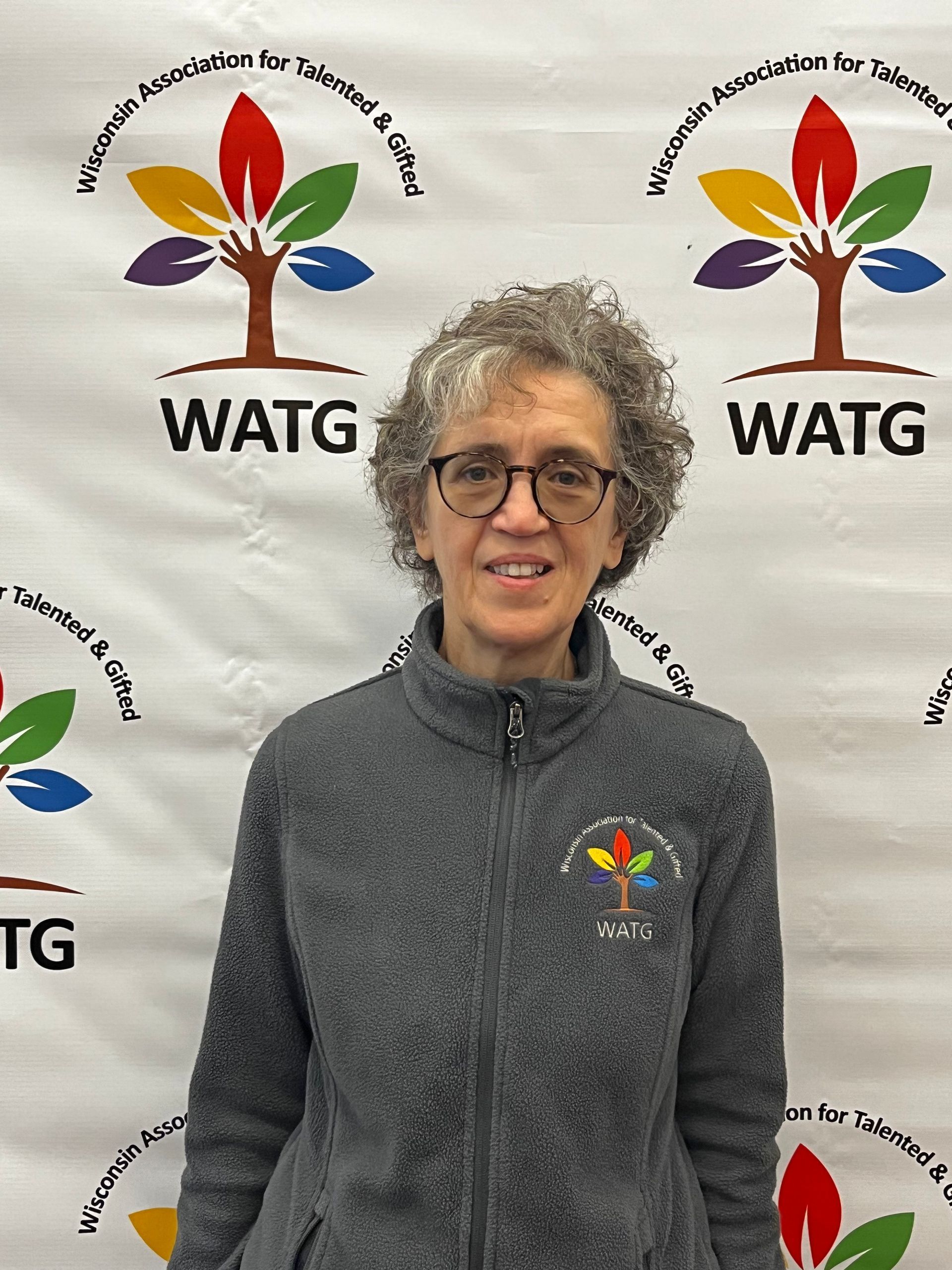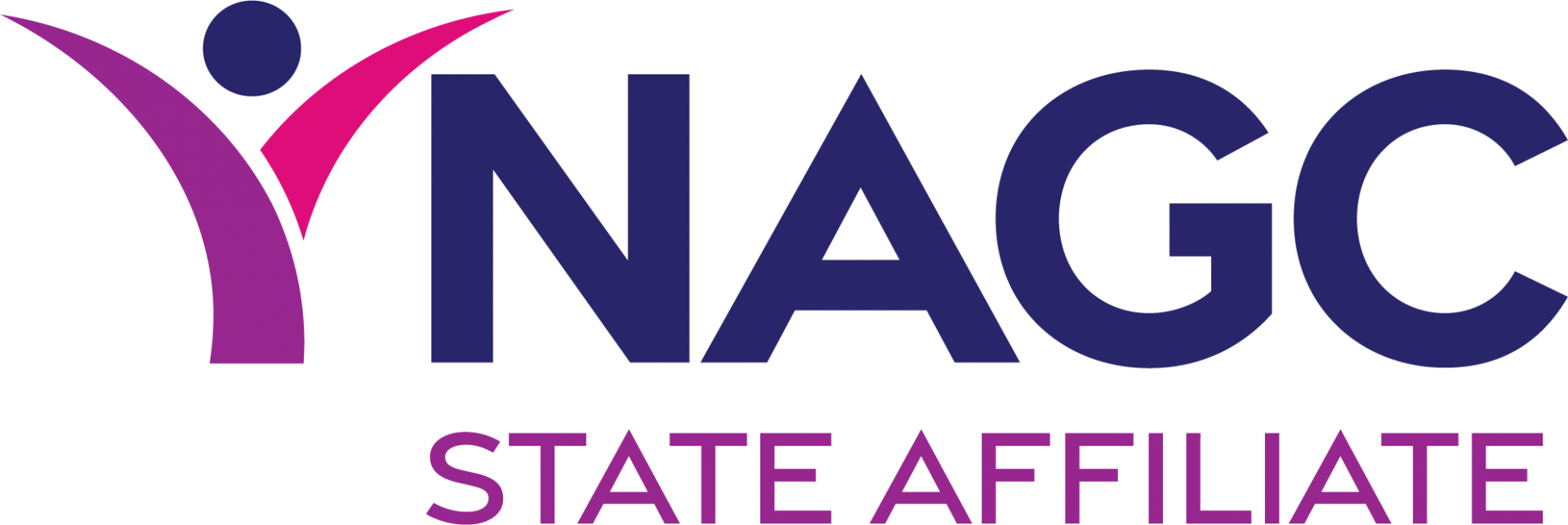Reimagining Stories with SCAMPER
SCAMPER is a creative thinking framework that generates new ideas by exploring existing items.This framework can be used with students in various subject areas to help them develop creative thinking skills.The framework has students look at existing items through different lenses.The acronym SCAMPER stands for: Substitute, Combine, Adapt, Modify, Put to another use, Eliminate, Reverse.
For this Middle School ELA lesson focused on creative writing, I used SCAMPER for gifted students because it encourages flexible thinking and creative problem-solving in a fun way. This will be the students’ first exposure to SCAMPER, and doing it in a fun way may make it easier to apply. It can also help those students who struggle with creative writing be more flexible and creative. Flexible thinking and problem-solving skills are essential for writing and for advanced learners.
I used SCAMPER to encourage brainstorming for story development by taking a well-known fairy tale and applying the seven SCAMPER strategies to alter the story—Substituting the setting,
Combining characters,
Adapting
the situation,
Modifying the order of events,
Putting an object in the story to a different use,
Eliminating a key story element,
Reversing
the role of a character. These modifications are used to develop new ideas for the old story. First, I modeled with an example story, allowing the whole class to learn the SCAMPER framework and test out using it. Students then used it to modify a different story of their choice.
I chose to use SCAMPER because gifted students often like open-ended challenges and benefit from a framework that stretches their thinking. SCAMPER has flexible, structured prompts that allow students to be pushed beyond their typical story patterns.
SCAMPER can also help students break through their creative blocks when they are out of ideas and cannot write.
SCAMPER framework aligns with gifted students’ cognitive abilities through encouraging them to think divergently. SCAMPER also allows students to think through and reflect on how changes to story elements affect the tone and theme of a story.
I have provided a sample lesson plan using SCAMPER below:
Grade Level: Middle School
Subject: ELA
Duration: 1 class period (60 minutes)
Objective: Students will apply the SCAMPER technique to reimagine a familiar story and develop original creative writing pieces.
Learning Objectives
By the end of this lesson, students will be able to:
- Understand and apply the SCAMPER technique.
- Use SCAMPER prompts to rework familiar story elements.
- Write a short creative piece using at least three SCAMPER prompts.
Materials
- Whiteboard or projector
- Copies of a short, familiar story (e.g., "The Three Little Pigs", "Cinderella", "Little Red Riding Hood", "Hansel and Gretel")
- SCAMPER worksheet (one per student)
- Writing materials or devices
Lesson Procedure
- Warm-up (10 minutes)
- Ask students: “What makes a story original or creative?”
- Brief discussion on remix culture—how stories/movies are reimagined (e.g., "Into the Spider-Verse", "Wicked", "West Side Story").
- Introduction to SCAMPER (10 minutes) (SCAMPER Anchor Chart)
- Briefly explain each SCAMPER prompt with examples:
- Substitute: What if the main character were a robot?
- Combine: What if two fairy tales merged?
- Adapt: What if the story were set in space?
- Modify: Change size, mood, or perspective.
- Put to another use: What if the villain became a hero?
- Eliminate: What if there were no villain?
- Reverse: What if the ending came first?
- Distribute SCAMPER worksheet listing all prompts with space for student notes.
- Guided Practice (15 minutes)
- Read or summarize a short, familiar story aloud.
- As a class, go through SCAMPER prompts applied to that story.
- Example: "Cinderella"
- Substitute: Make Cinderella a boy
- Adapt: Set in modern-day Tokyo
- Reverse: What if Cinderella were the villain?
- Students jot down ideas on their SCAMPER worksheet.
- Independent Writing (20 minutes)
- Students choose 3 SCAMPER prompts and rewrite the story in a new, creative way.
- Goal: Write a 1-2 paragraph scene or opening to the reimagined version.
- Encourage creative risks and originality.
- Sharing & Wrap-Up (5 minutes)
- Invite volunteers to share their reimagined scenes.
- Quick group reflection:
- Which SCAMPER prompts were easiest or hardest?
- How did SCAMPER help spark new ideas?
Assessment
- Participation in SCAMPER brainstorming
- Completed worksheet with thoughtful ideas
- Creative writing demonstrates application of SCAMPER strategies
- Optional: Rubric assessing creativity, clarity, and effort
Extensions/Homework
- Revise and expand their SCAMPER-inspired scene into a short story.
- Use SCAMPER on a story of their choice (novel, movie, myth, etc.) and write a full alternate version.
SCAMPER is a fun and effective way to encourage flexibility and creative thinking during the writing process. Give it a try!
